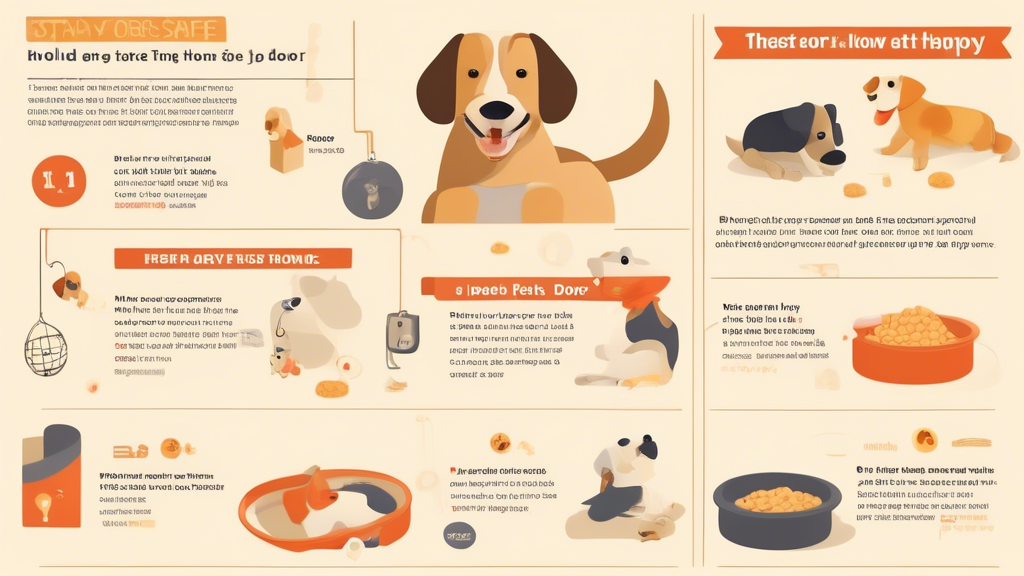As a loving pet owner, ensuring the comfort and safety of your dog is paramount. Whether you have a senior pup, a small breed, or a furry friend recovering from an injury, providing them with proper access to furniture or vehicles can be challenging. This is where dog steps come into play – offering a practical solution to help your canine companion navigate their environment with ease.
Types of Dog Steps
There are various types of dog steps available in the market, ranging from lightweight plastic steps to sturdy wooden stairs. Understanding the options will help you choose the right one for your pet:
- Plastic Steps: These are ideal for small or medium-sized dogs and are often portable, making them easy to move around the house.
- Wooden Stairs: Sturdier and more aesthetically pleasing, wooden stairs provide stability for larger dogs or pets who may be a bit hesitant to use steps.
- Foam Steps: Soft and comfortable, foam steps are perfect for dogs with joint problems or arthritis, as they offer a gentle surface for them to step on.
Benefits of Using Dog Steps
Introducing dog steps into your home can have numerous benefits for both you and your furry friend:
- Preventing Injuries: By using dog steps, you can reduce the risk of your pet jumping off furniture and injuring themselves, especially in the case of small breeds or older dogs.
- Easing Joint Pain: For dogs with arthritis or mobility issues, steps provide a gentle way to climb onto beds or couches without putting additional strain on their joints.
- Improved Independence: Dog steps allow your pet to access elevated surfaces independently, promoting their sense of freedom and reducing reliance on you for assistance.
Tips for Introducing Dog Steps
When introducing dog steps to your pet, patience and positive reinforcement are key. Here are some tips to help your furry friend get comfortable with using the steps:
- Start Slow: Encourage your dog to approach the steps with treats or toys, praising them for any progress they make.
- Use a Gentle Approach: Avoid forcing your pet to use the steps; instead, make it a positive experience by rewarding them for small achievements.
- Practice Consistently: Regular practice and encouragement can help your dog gain confidence in using the steps and make it a part of their routine.
Remember, every dog is unique, so it may take some time for your pet to adjust to using dog steps. With patience, consistency, and a little bit of encouragement, your furry friend will soon be climbing up and down their new set of steps with confidence and ease.

